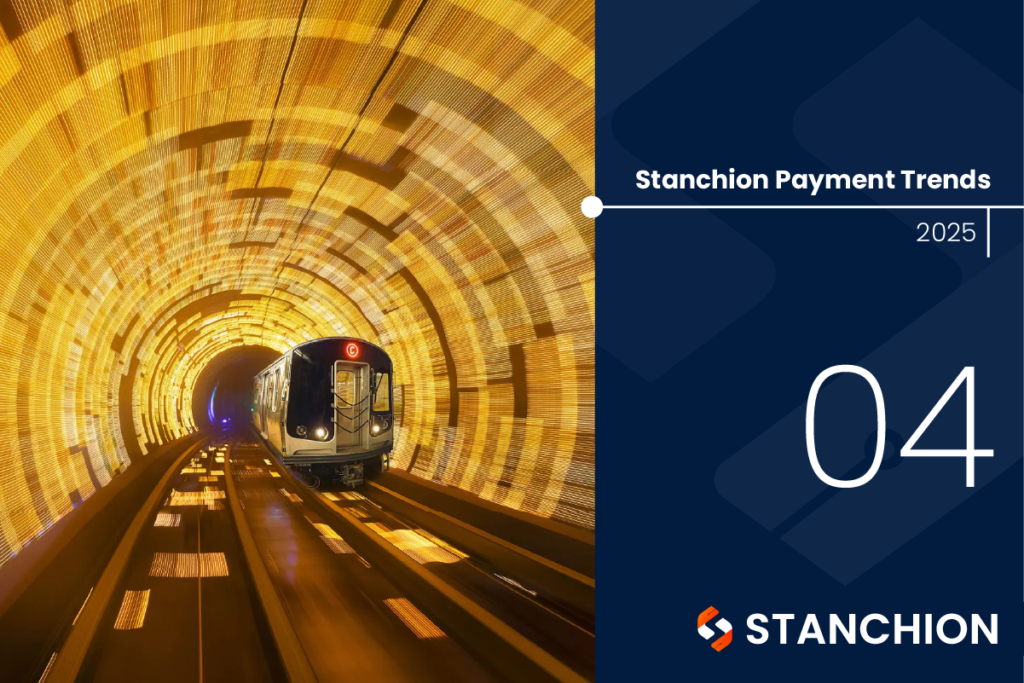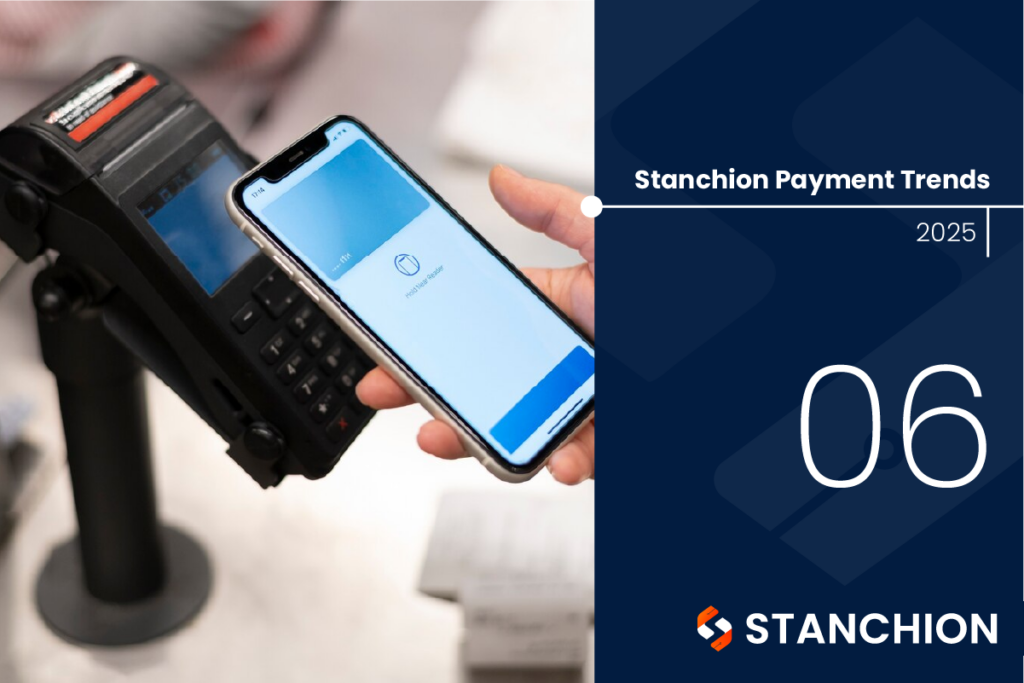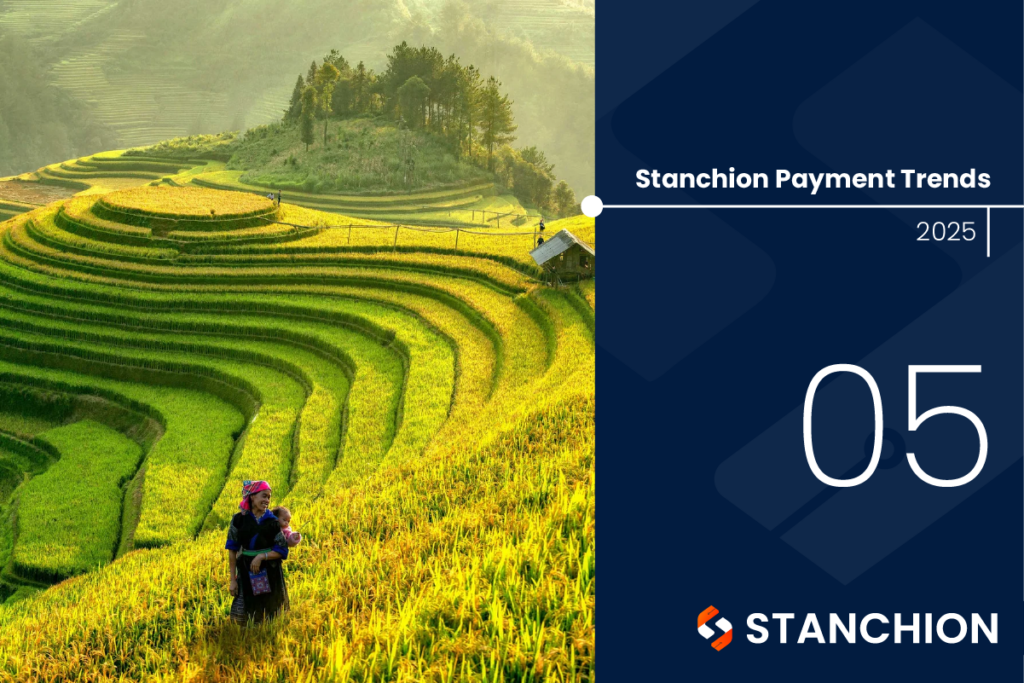
Title of Report: World Payments Report 2025 – Velocity, meet Value
Report Link: Payment Trends 2024: DeFi, AI, & Industry Shifts | Capgemini
Size of Report: 64 pages

Now in its 20th year Cap Gemini nicely frame their report by looking back then forward. With a good graphic on Page 5.
- The first 10 years (2004-2013) saw them cover big items still shaping today’s world such the launch of Google and ApplePay Wallets, P2P Venmo (USA), SuperApps like AliPay and WeChat, Bitcoin, the introduction of NFC for contactless acceptance and regulatory initiatives like SEPA.
- The next 10 years (2014 – 2024) saw a large volume of regulatory developments especially in Europe like PSD2, GDPR and initiatives like India’s Instant Payments UPI, Clearing House RTP and Brazil PIX, FedNow and CBDC Pilots.
- 2025 sees the era of open finance and instant payments accelerate. This ere will also see:
- B2B payments rapidly digitalising with an 11.8% CAGR through to 2028.
- Significant operational challenges with many banks looking to adopt PaaS to accelerate transformation.
Cap Gemini’s report then breaks down into four areas, comprehensively covered, what will be embraced in this new era.
- Gear up for Payment’s transition through to 2028 (pages 8 – 21). Of this 17% of banks are at an advanced stage to be tech ready, whilst 21% are just starting.
- APAC will lead the global value growth with 17.7% CAGR for digital over cash transactions and is already holds the largest global share. Other regions but from a lower base with high growth will be LatAm 23.2% and MEA 15.2%, whilst Europe will see 15.5% and N America just 6.4%. A useful infographic on page 11 shows the key regulatory initiatives by year. The leading Open Finance ID markets will be: S Korea, Singapore, Australia, India. Another useful infographic on page 13 illustrates key consumer and business use cases.
- Connected Marketplaces – prepare to tap the instant opportunity (pages 22-30)
- Wallet growth is explosive and will continue its pace taking the lead as customers look beyond plastic.
- Instant A2A payments already have good use cases to replace cards. Many execs think it can offset 15%-25% of future card transaction volume. Examples include WERO Q3 24 launch in West Europe likely to see growth in 2025 and 2026. In the US: 7 banks have partnered with Zelle to launch Paze.
- Big banks might launch muti-rail payment hubs as a central command centre (interesting idea and probable outcome).
- We will see the rise of experience aggregators driving marketplace banking (already accelerating in sectors like retail). Currently with fintech examples like Starling/ Revolut and Brazil NuBank. In Singapore both OCBC Bank and DBS Bank.
- Unravelling Corporate Payment complexities for real-time treasury (pages 32 – 42)
- Explosive growth seen in online marketplaces with 750 already in existence and 1,000 expected in 2025, these will contribute US$26 trillion by 2030 underlining the opportunity. In such marketplaces buyers prioritise the payment methods offered, simplicity, automation, cost effectiveness. ISO2002 and SwiftGPI complement this. There are many opportunities to innovate and earn new income in this niche.
- The need for strategic vision (pages 44 – 55) to switch from stop-gap tactical adjustments to long term transaction flexibility is needed.
- Instant Payments is a multi-stage journey and with continuous processing this will impact the payment landscape but only 67% of banks are even at a medium level of preparedness.
- Page 53 has a useful infographic to select the right transformation roadmap to align with a bank’s long-term vision.
If you enjoyed the content and approach we have taken, here are 4 suggestions of how to engage for more:
- Follow our Stanchion LinkedIn Page and join our engaged community.
- Request a call with our author and Chief Growth Officer, Norman Frankel
- View our On-demand Webinar series on Payment Fabric and the research IDC did here, additionally we can send you two reports that summarise the output of the research IDC did covering 150 banks.
- Drop us an email at engage@stanchionpayments.com with your thoughts, we would love to hear from you.
We wish you a successful 2025 delivering on your business priorities, remaining customer relevant, agile in your project change and avoid fraud from the rapidly growth in financial crime as instant real-time payments, QR code-initiated payment adoption and use of ever advancing AI tools continue to accelerate.


 Verto
Verto Switchcare
Switchcare Professional Services
Professional Services

